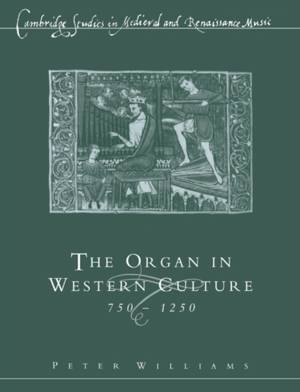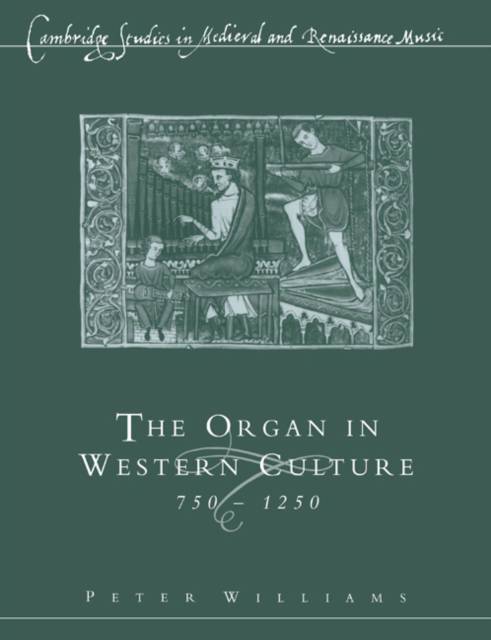
- Afhalen na 1 uur in een winkel met voorraad
- Gratis thuislevering in België vanaf € 30
- Ruim aanbod met 7 miljoen producten
- Afhalen na 1 uur in een winkel met voorraad
- Gratis thuislevering in België vanaf € 30
- Ruim aanbod met 7 miljoen producten
Zoeken
Omschrijving
How did the organ become a church instrument? How did it develop from an outdoor, Mediterranean noisemaker to an instrument which has become the embodiment of Western music and responsible for many of that music's characteristics? In this fascinating investigation, Peter Williams speculates on these questions and suggests some likely answers. He considers where the organ was placed and why; what the instrument was like in 800, 1000, 1200 and 1400; what music was played, and how. He re-examines the known references before 1300, covering such areas as the history of technology, music theory, art history, architecture, and church and political history. Central to the story he uncovers is the liveliness of European monasticism around 1000 AD and the ability and imagination of the Benedictine reformers. Professor Williams's approach is new in both tactics and strategy, giving an interdisciplinary idea of musical development relevant to those both in and out of music.
Specificaties
Betrokkenen
- Auteur(s):
- Uitgeverij:
Inhoud
- Aantal bladzijden:
- 416
- Taal:
- Engels
- Reeks:
Eigenschappen
- Productcode (EAN):
- 9780521617079
- Verschijningsdatum:
- 9/06/2005
- Uitvoering:
- Paperback
- Formaat:
- Trade paperback (VS)
- Afmetingen:
- 189 mm x 246 mm
- Gewicht:
- 739 g

Alleen bij Standaard Boekhandel
+ 115 punten op je klantenkaart van Standaard Boekhandel
Beoordelingen
We publiceren alleen reviews die voldoen aan de voorwaarden voor reviews. Bekijk onze voorwaarden voor reviews.











